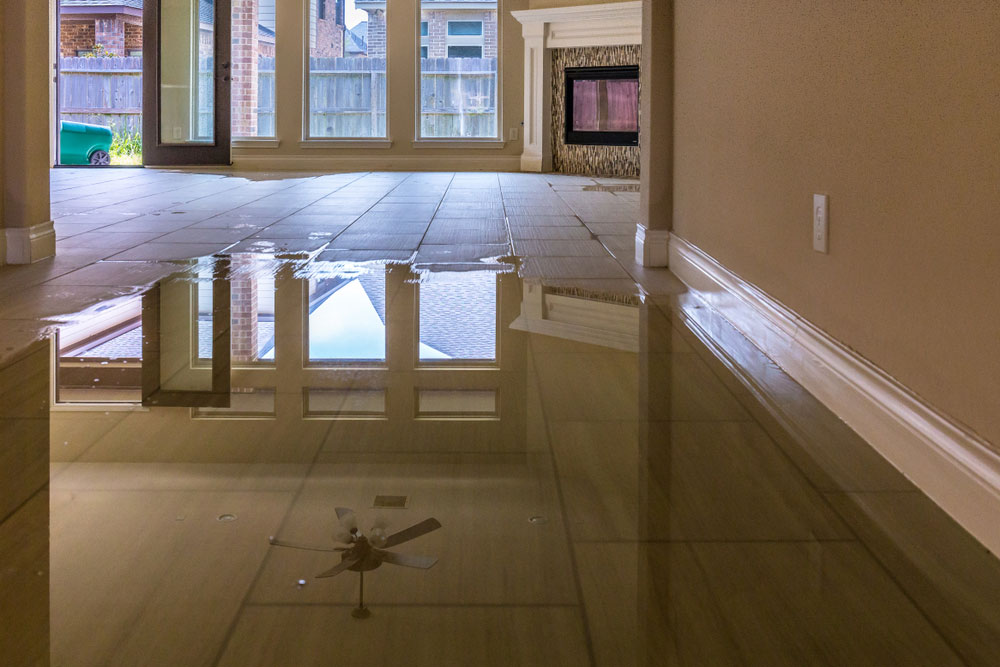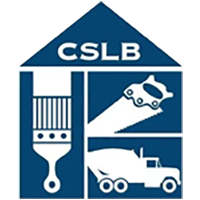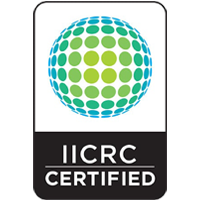
Assessing Damage
- Immediate Assessment: Quickly evaluate which items have been affected by flood water. This initial assessment is critical in deciding whether to salvage or replace items.
- Type of Water: The type of water involved significantly affects salvageability. Items exposed to clean water may be more easily restored, while those contaminated with gray or black water (potentially harmful or toxic) are often better replaced for health safety.
- Extent of Damage: Consider how long items were submerged and the material they are made of. Porous materials like fabric and wood absorb water quickly and may suffer more damage, complicating restoration efforts.
Guidelines for Salvageable Items
- Furniture: Solid wood furniture can often be saved through professional drying and refinishing. Upholstered furniture and mattresses soaked in any type of water should usually be replaced to avoid health risks.
- Electronics and Appliances: Caution is advised. A professional technician should check all electronics and appliances that have come into contact with water before deciding if they are safe to use or need replacement.
- Documents and Photos: Paper items can sometimes be restored through special drying processes like freeze-drying. Consider the value of these items and consult with restoration professionals.
- Flooring: Carpeting generally needs to be replaced, especially if soaked with contaminated water. Hardwood floors might be salvaged depending on the water exposure and damage.
When to Replace
- Safety First: Always prioritize health and safety. Items that cannot be thoroughly cleaned and disinfected should be replaced to prevent potential health issues from mold and bacteria.
- Cost vs. Value: Evaluate the cost of restoration versus replacement. Sometimes, replacing an item may be more economical than the cost of attempting restoration.
- Irreversible Damage: Some items may be too far gone to save. Recognizing when damage is irreversible is key to effective recovery planning.
Working with Professionals
- Consultation: Engage with flood restoration professionals like Musick Restoration who can provide expert advice on what can be realistically salvaged and what should be replaced.
- Specialized Services: Professionals offer cleaning, sanitization, and restoration services that can save items thought to be lost. They use advanced techniques and equipment tailored to the needs of different materials
Deciding whether to salvage or replace items after a flood involves understanding the type of damage, evaluating restoration costs, and considering safety concerns. At Musick Restoration, we help you make informed decisions, providing guidance and services to ensure your property and possessions are handled with care.






